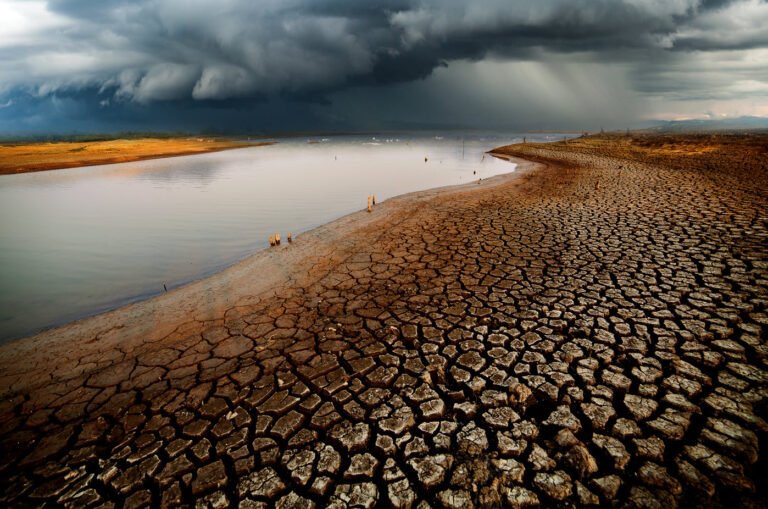Progress and Challenges in Climate Change Adaptation for Coastal Cities
The Nature article provides an in-depth examination of climate change adaptation efforts in coastal cities worldwide, highlighting the slow pace of progress and significant challenges that hinder effective climate resilience. Coastal cities, particularly vulnerable to rising sea levels and extreme weather, have been implementing adaptation measures, but many of these actions fall short of the transformative change required to safeguard urban populations and ecosystems from future climate risks. The study systematically reviewed 199 coastal cities, assessing how they are adapting to the escalating challenges posed by climate change.
One of the primary findings is that adaptation measures in these cities often focus on immediate and historically experienced hazards, with limited consideration for future risks under projected climate scenarios. This has resulted in a reactive rather than proactive approach to climate adaptation, which fails to account for the rapid changes in climate conditions expected over the coming decades. Moreover, the adaptation measures currently in place lack the transformative scope needed to fundamentally reconfigure urban systems and enhance their resilience to multiple climate stressors.
Income-level disparities also play a significant role in the approaches to adaptation. Cities in high-income countries typically employ institutional and infrastructural responses, such as coastal defenses, stormwater management systems, and strategic urban planning initiatives aimed at reducing exposure to climate risks. In contrast, cities in low-income and middle-income countries rely heavily on household-level adaptations, including behavioral changes and individual efforts to mitigate climate impacts. These measures, while important, often lack the scale needed to effectively protect entire communities from severe climate events.
The study further identifies gaps in research and policy regarding climate adaptation in low-income and middle-income countries. Adaptation activities in these regions are significantly underrepresented in the scientific literature, which limits global understanding of how best to address the unique challenges faced by these cities. This underrepresentation also means that successful adaptation strategies that might be developed locally are not being documented or shared, thereby missing opportunities for cross-regional learning and replication.
Another critical challenge is that many current adaptation strategies are based on historical climate patterns, which may not accurately reflect future climate risks. As climate change accelerates, relying on past data limits cities’ ability to anticipate and prepare for unprecedented conditions, such as more intense storm surges, prolonged heatwaves, and accelerated coastal erosion. This gap emphasizes the need for adaptation strategies that integrate forward-looking climate models and projections to enhance resilience in the face of changing environmental conditions.
The study also highlights the importance of ecosystem-based adaptation approaches, which are underutilized in most regions. Such approaches can provide a natural buffer against climate impacts, such as mangroves mitigating coastal flooding or wetlands filtering stormwater runoff. However, the lack of attention to ecosystem-based strategies indicates a missed opportunity for harnessing the protective benefits of nature to build urban resilience.
The authors conclude that while there have been advances in climate adaptation for coastal cities, these measures are insufficient in scope and scale to address the growing climate risks. Transformative adaptation—changes that fundamentally alter the structure and function of urban systems—is necessary to effectively protect coastal populations. This could include rethinking urban development to move away from vulnerable areas, investing in sustainable infrastructure, and fostering community-driven adaptation initiatives. Additionally, the report emphasizes the need for international cooperation and financial support to assist low-income regions in implementing comprehensive adaptation plans.
Key Points
- Slow Adaptation Progress: Coastal cities are adapting at a slow pace, with measures often reactive and lacking long-term transformation to address future climate risks.
- Income-Level Differences: High-income cities implement infrastructural measures, while lower-income cities depend on household-level responses, highlighting significant disparities in adaptive capacity.
- Underrepresentation of Low-Income Regions: Limited research and documentation of adaptation efforts in low-income and middle-income countries impede effective knowledge sharing and global learning.
- Focus on Past Climate Patterns: Many cities rely on historical climate data for adaptation planning, which is inadequate for anticipating future climate conditions.
- Need for Transformative Adaptation: Fundamental changes to social-ecological systems are necessary to build resilience in coastal cities, going beyond incremental adaptation efforts.
- Ecosystem-Based Approaches: Ecosystem-based adaptation strategies are underutilized, despite their potential benefits for enhancing urban resilience to climate impacts.
Summary
The Nature article reveals that climate adaptation efforts in coastal cities are progressing slowly, with many measures focused on immediate hazards rather than long-term resilience. High-income cities are implementing infrastructure-based solutions, while lower-income cities rely on household adaptations, indicating disparities in adaptation capacity. The report emphasizes the need for transformative adaptation that addresses future risks rather than relying on past patterns. It also highlights the underrepresentation of low-income regions in adaptation research and the untapped potential of ecosystem-based strategies to enhance resilience.
Based on an article published by Nature.







